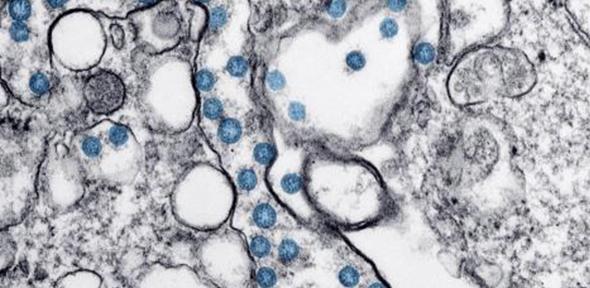
My ambition to have a career in physics research began when I was at school. I grew up in Nottingham, where my Dad was the main homemaker and worked from home; and my Mum worked in a hospital pharmacy. I attended my local comprehensive and sixth form before moving to Cambridge to study Natural Sciences at King’s College.
I spent two summers working in the Cambridge Institute of Astronomy, and this sparked a desire to work in particle physics. After graduating with my MSc, I began working towards a PhD in high energy physics with the ATLAS experiment. What strikes me most about the environment in Cambridge, compared to other institutions, is the atmosphere of collaboration. Improving your understanding of your subject and exploring new and creative research ideas with everyone in the group is always prioritised above rank – there is no such thing as a stupid question here.
Having the opportunity to work with CERN is incredible. The diversity of people, with a huge range of ideas, all working towards a common goal is very inspiring. The calibre of research at both institutions motivates you to become the best researcher you can, but with enough support that you aren’t overwhelmed.
On a grand scale, my field is trying to understand what the universe is made of at a fundamental level. We are looking at how the constituent parts – called particles - can interact and combine to take us from the high energy Big Bang to the universe we see today. My research aims to find evidence for new particles in the data taken with the ATLAS detector at the Large Hadron Collider, which would allow our current Standard Model of particle physics to be extended. For example, I have focused on searches for new particles predicted by a model called Supersymmetry, currently the most popular extension to the standard model that could explain phenomena such as dark matter.
A key moment for me was attending my first ATLAS conference focusing on the collaboration of the different new-physics groups. The many innovative analysis techniques being presented were very interesting and I learned a lot in the plentiful discussions, both about the work I had contributed to the conference and that of others. In the long term, I hope my research will contribute to our understanding of the universe, and lead to an exciting career in academia.
Part of my research involves reconstructing ‘missing’ particles that ATLAS isn’t designed to detect. These are either neutrinos or new physics particles and measuring them well involves carefully balancing all aspects of the detector. Generally, I spend my days doing data analysis. This can involve using computer simulations of background and signal events, using statistics and techniques like machine learning techniques to optimise where to look in the data to find new physics.
My most interesting project so far is a new project looking for signs of new physics or behaviour in a data-data comparison of oppositely charged electron-muon events. This idea is very exciting, as a deviation from the Standard Model expectation could be explained by many different new models. It also doesn’t rely on simulated data, which is getting more important now that ATLAS has taken such vast amounts of data that simulation is struggling to keep up computationally.
If you are passionate about a subject and have the drive to work hard on it then that should speak for itself. There will be challenges in your career whatever you choose to do, but the more women that follow their ambitions into STEM now, the easier it will be for the next generation of aspiring scientists.
Holly Pacey is a PhD candidate in the High Energy Physics Group based at the Cavendish Laboratory, and works on the ATLAS experiment. She spent the 2017-18 academic year working at CERN in Geneva, which operates the largest particle physics laboratory in the world.

The text in this work is licensed under a Creative Commons Attribution 4.0 International License. Images, including our videos, are Copyright ©University of Cambridge and licensors/contributors as identified. All rights reserved. We make our image and video content available in a number of ways – as here, on our main website under its Terms and conditions, and on a range of channels including social media that permit your use and sharing of our content under their respective Terms.






























